The 1960s rock revolution wasn't merely a musical movement—it was a cultural earthquake that reshaped society's foundations. As postwar baby boomers came of age, they carried with them an insatiable hunger for change, and rock music became their battering ram against the establishment. From Liverpool basements to San Francisco ballrooms, this sonic rebellion gave voice to a generation determined to break free from the constraints of their parents' world.
The British Invasion crashed upon American shores like a tsunami in early 1964, with The Beatles' appearance on The Ed Sullivan Show marking Year Zero for the rock revolution. These mop-topped lads from industrial England didn't just play music—they weaponized melody. Their early hits contained deceptive sophistication beneath seemingly simple structures, planting seeds for the musical experimentation that would follow. What began as teenage hysteria soon revealed itself as something far more profound—the opening salvo in a cultural war against conformity.
Across the Atlantic, Bob Dylan was electrifying folk music, literally and figuratively. His controversial 1965 Newport Folk Festival performance, where he traded acoustic for electric guitar, created shockwaves that still reverberate through music history. Dylan proved rock could be more than dance music—it could carry the weight of poetry and social commentary. His lyrics became anthems for civil rights activists and anti-war protesters, demonstrating popular music's power to influence real-world change.
The California sound emerged as a sun-drenched counterpoint to Britain's urban energy. The Beach Boys transformed from surf music novelty acts into avant-garde composers under Brian Wilson's troubled genius. Their 1966 masterpiece Pet Sounds redefined what pop albums could achieve artistically, while bands like The Byrds fused Dylan's lyricism with jangly guitars to create folk rock. Meanwhile, in the Los Angeles underground, The Doors were blending poetry with psychedelia, crafting dark, hypnotic soundscapes that explored the era's spiritual hunger.
San Francisco's Haight-Ashbury district became the laboratory for psychedelic rock, where bands like The Grateful Dead and Jefferson Airplane turned concerts into communal rituals. Extended improvisations, influenced by jazz and Eastern music, mirrored the LSD experience that was fueling the counterculture. These performances weren't mere entertainment—they were participatory events where boundaries between artist and audience dissolved in swirling feedback and kaleidoscopic light shows.
As the decade progressed, rock grew heavier and more politically charged. The raw power of The Who and Cream laid groundwork for hard rock and heavy metal, while James Brown's funk innovations showed how rhythm could become a revolutionary force. In Chicago, Chess Records artists like Howlin' Wolf and Muddy Waters—the very bluesmen who inspired British rockers—were finally receiving recognition from young white audiences, completing a cultural circle that spanned continents and generations.
1967's Summer of Love represented both the movement's peak and the beginning of its unraveling. The Beatles' Sgt. Pepper's Lonely Hearts Club Band became the soundtrack for this utopian moment, its studio innovations demonstrating how recording technology could be an instrument itself. But as the decade waned, the idealism curdled—Altamont's violence, the Manson murders, and the grim reality of drug addiction revealed the dark side of the revolution.
Yet the music's legacy proved indestructible. The experimentation of Led Zeppelin, Pink Floyd, and Black Sabbath in the late '60s would blossom into the album-oriented rock of the 1970s. More importantly, the rock revolution established popular music as a legitimate art form capable of profound emotional and intellectual expression. It shattered racial barriers in popular culture, empowered youth as a political force, and redefined global fashion, language, and attitudes.
Perhaps the greatest testament to 1960s rock's power lies in how its innovations still sound vital decades later. The era's best recordings haven't been preserved as museum pieces—they continue to inspire new generations of musicians and fans. From garage rock revivalists to hip-hop producers sampling classic riffs, the revolution's echoes remain unmistakable in today's musical landscape. The 1960s proved that rock could indeed change the world—not just its charts, but its very consciousness.

By /Aug 7, 2025

By /Aug 7, 2025
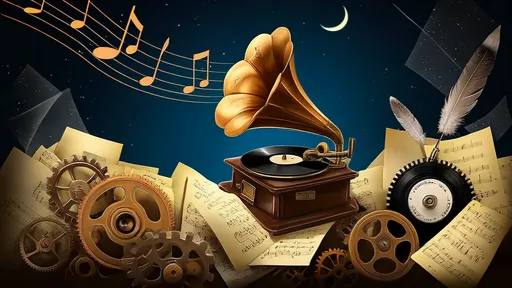
By /Aug 7, 2025
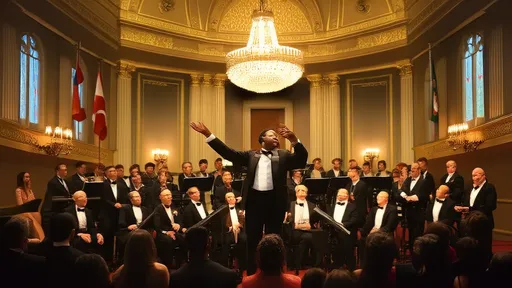
By /Aug 7, 2025
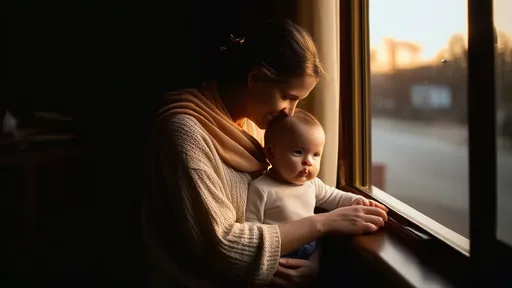
By /Aug 7, 2025
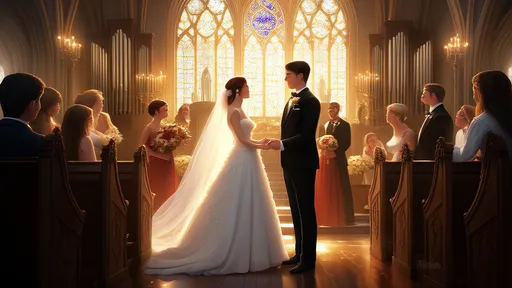
By /Aug 7, 2025
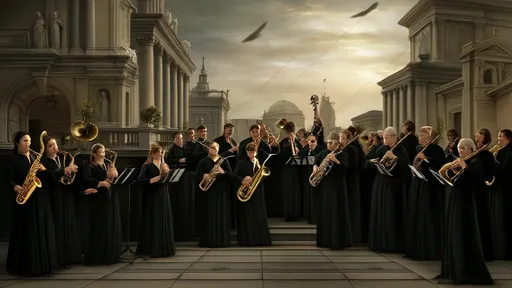
By /Aug 7, 2025

By /Aug 7, 2025
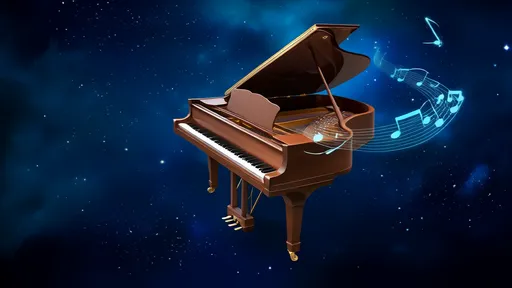
By /Aug 7, 2025
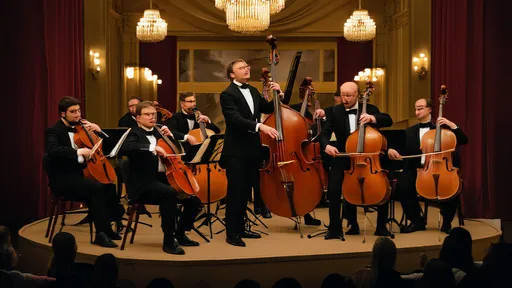
By /Aug 7, 2025

By /Aug 7, 2025
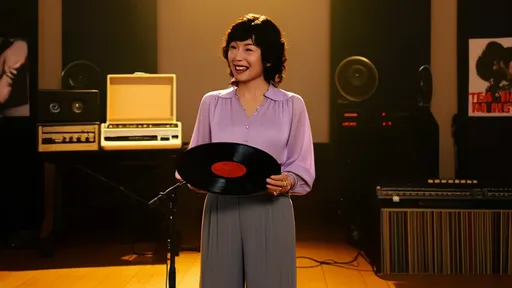
By /Aug 7, 2025

By /Aug 7, 2025
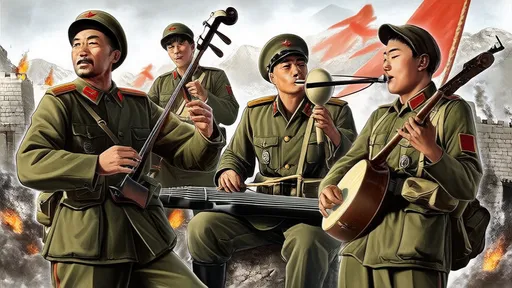
By /Aug 7, 2025
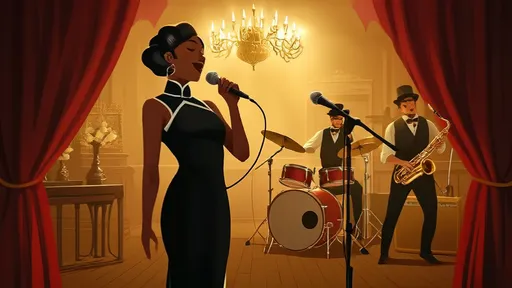
By /Aug 7, 2025
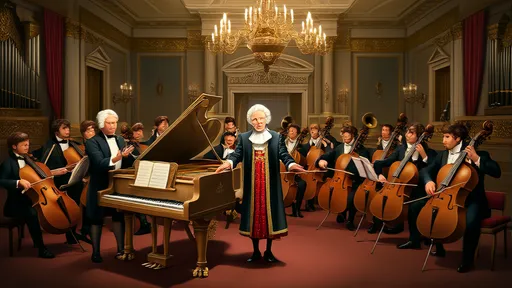
By /Aug 7, 2025
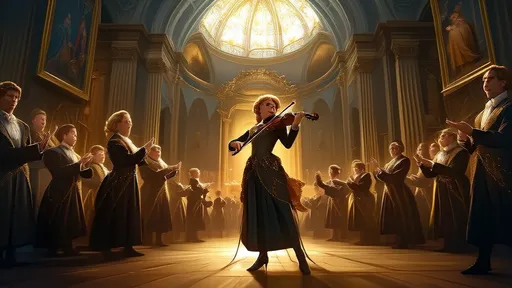
By /Aug 7, 2025

By /Aug 7, 2025

By /Aug 7, 2025
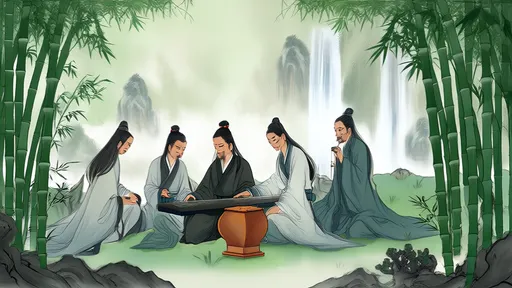
By /Aug 7, 2025